Asclepias asperula and the monarch butterfly
migrantmonarch
10 years ago
Related Stories

GARDENING GUIDESGreat Design Plant: Asclepias Incarnata for a Butterfly Garden
Beautiful swamp milkweed makes it easy to help monarchs and other pollinators in eastern U.S. gardens
Full Story
CALIFORNIA NATIVE PLANTSGreat Design Plant: Asclepias Is Attractive to Monarch Butterflies
Increase monarch butterfly populations in California by planting stunning native milkweeds
Full Story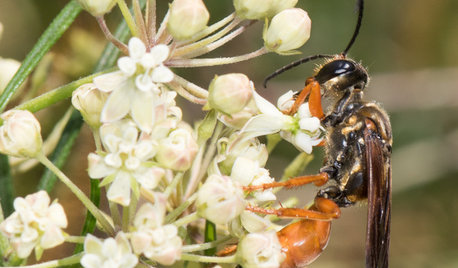
GARDENING GUIDESGreat Design Plant: Asclepias Verticillata
Plant whorled milkweed in dry central and eastern U.S. gardens to attract monarch butterflies and other insect pollinators
Full Story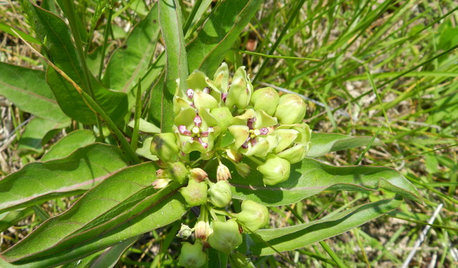
GARDENING GUIDESGreat Design Plant: Asclepias Viridis
Green antelopehorn is a milkweed that is short, drought-tolerant, not aggressive and a monarch favorite
Full Story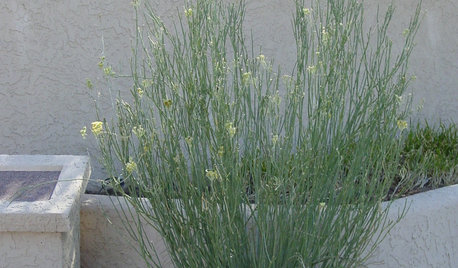
GARDENING GUIDESGreat Design Plant: Asclepias Subulata
With its attractive upright shape and yellow flowers, Southwest native rush milkweed adds beauty while attracting butterflies
Full Story
GARDENING FOR BUTTERFLIESBe a Butterfly Savior — Garden for the Monarchs
Keep hope, beauty and kindness alive in the landscape by providing a refuge for these threatened enchanters
Full Story
FALL GARDENINGWhat Monarch Butterflies Taught Me About Garden Design
Thinking like a butterfly leads to fresh perspectives in the garden and in life
Full Story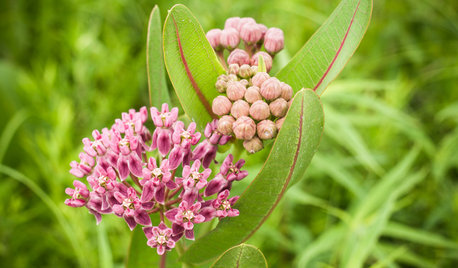
GARDENING GUIDESGreat Design Plant: Asclepias Sullivantii
Celebrate the pollinator community that flocks to this rare prairie native’s nectar and leaves
Full Story
GARDENING GUIDESGreat Design Plant: Butterfly Milkweed, a Beacon in the Prairie
Vivacious orange flowers for you, nectar for the butterflies and bees. Asclepias tuberosa is worth planting for more reasons than one
Full Story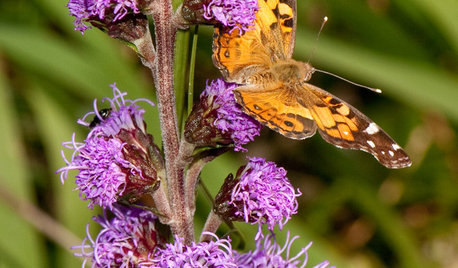
GARDENING GUIDESAmerican Lady Butterflies Add Delight to Summer Gardens
Provide native nectar and larval host plants to welcome these migratory butterflies
Full Story






runmede
Related Professionals
Camas Landscape Architects & Landscape Designers · Essex Landscape Architects & Landscape Designers · Jennings Landscape Architects & Landscape Designers · Towson Landscape Architects & Landscape Designers · Edinburg Landscape Contractors · Hollywood Landscape Contractors · Lemont Landscape Contractors · Mashpee Landscape Contractors · View Park-Windsor Hills Landscape Contractors · Crowley Fence Contractors · Ken Caryl Fence Contractors · Tacoma Fence Contractors · West Covina Fence Contractors · Winnetka Fence Contractors · Cocoa Beach Window Contractors